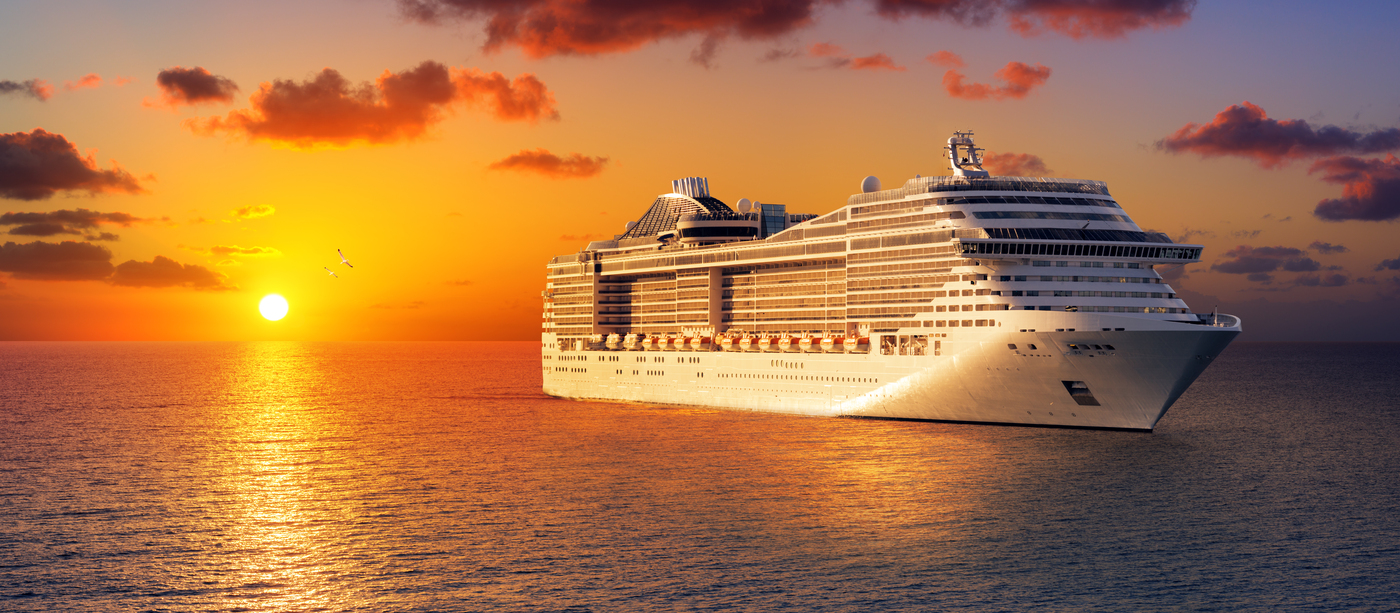Cruise ships, most of which run on heavy fuel oil, are often criticized for the pollution they generate. Faced with this reality, shipping companies are making efforts to reduce their carbon footprint. This is the case of one cruise operator, which has committed to building a range of new-generation ships: larger (it’s Europe’s biggest cruise liner), more aerodynamic (with an inverted bow), and above all less polluting (reduction of up to 99% in sulfur oxides and 85% in nitrogen oxides…). The first liner in the series entered service in December 2022 and set sail for the Mediterranean Sea in March 2023.
A Saint-Nazaire shipyard was chosen to carry out the construction of this avant-garde giant of the seas. The group called on SEGULA Technologies to help design the prototype liner, which will serve as a model for future ships in the series.
This shipyard and SEGULA Technologies have a long history of partnership and projects spanning 30 years!

 FOR A BETTER EXPERIENCE
FOR A BETTER EXPERIENCE